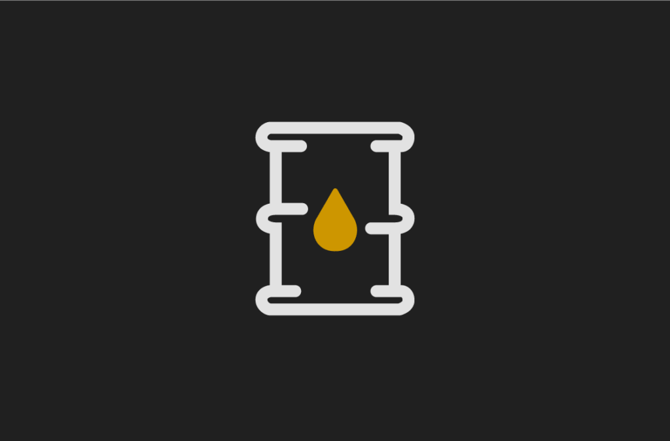Oil-Based Commodity Prices Soar on the Back Of COP26

The 2021 United Nations Climate Change Conference, also known as COP26, has seen politicians from several countries make ambitious pledges to reduce greenhouse emissions.
Scores of world leaders signed a pledge to slash potent climate heating gas methane by 30% by 2030. Mayors from 1,049 cities have pledged to cut greenhouse emissions in half by 2030.
Notwithstanding, oil-based commodity prices have been rising sharply on their own and will continue to soar as the existence of this industry is threatened by ambitious plans at COP26 and a generalized movement away from fossil fuels.
Pump prices in the US have risen more than 40% during the past year, and natural gas prices are the highest in more than a decade. The UK is facing all-time high gasoline costs, the average price for gasoline having surpassed highs last seen in 2012, reaching 144.35 pence ($1.96) a liter.
What does this mean for me?
In the short-to-medium term, experts expect oil-based commodity prices to remain high. One reason for these rising costs is the transition to green energy itself. It will become harder to get financing for new drilling projects, reducing the likely return in 10 or 20 years, by which time solar and wind energy will have become more mainstream.
If you are a commodities trader, you can expect the dynamics of supply and demand to mean that fewer new fossil fuel projects will mean that competition for any remaining stores will keep oil-based commodity prices high.
More News

Copper Prices Head Into Uncharted Territory

Silver’s Surge Shows Rate-Cut Bets and a New Layer of Trade Risk
.webp)
Gold’s Breakout Year Sets a High Bar for 2026
.webp)
Europe’s Gas Chill Turns Into a Price Rout

The Rare Earths Boom Driving a New Global Supercycle
.webp)
Brent Rises as Fresh U.S. Sanctions Choke Russian Oil Exports

Global Wind Market Set to Hit $304 Billion by 2029
.webp)